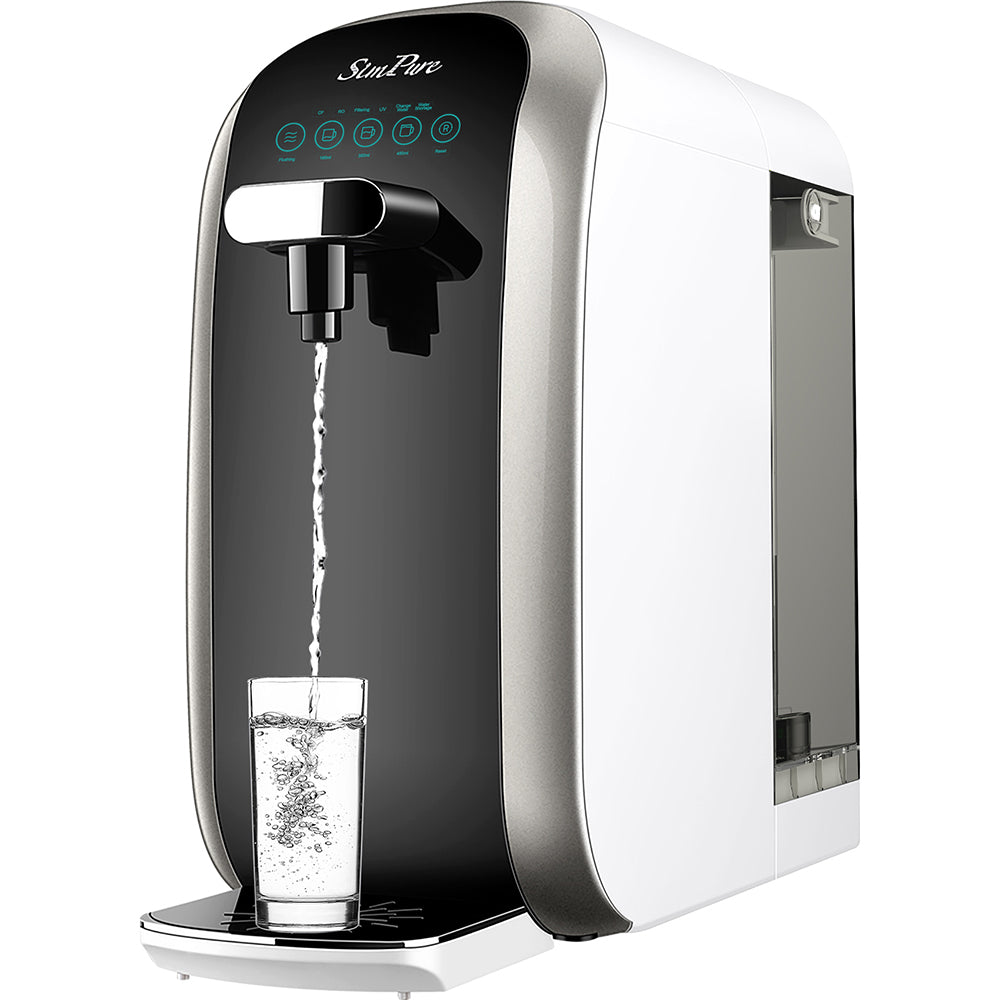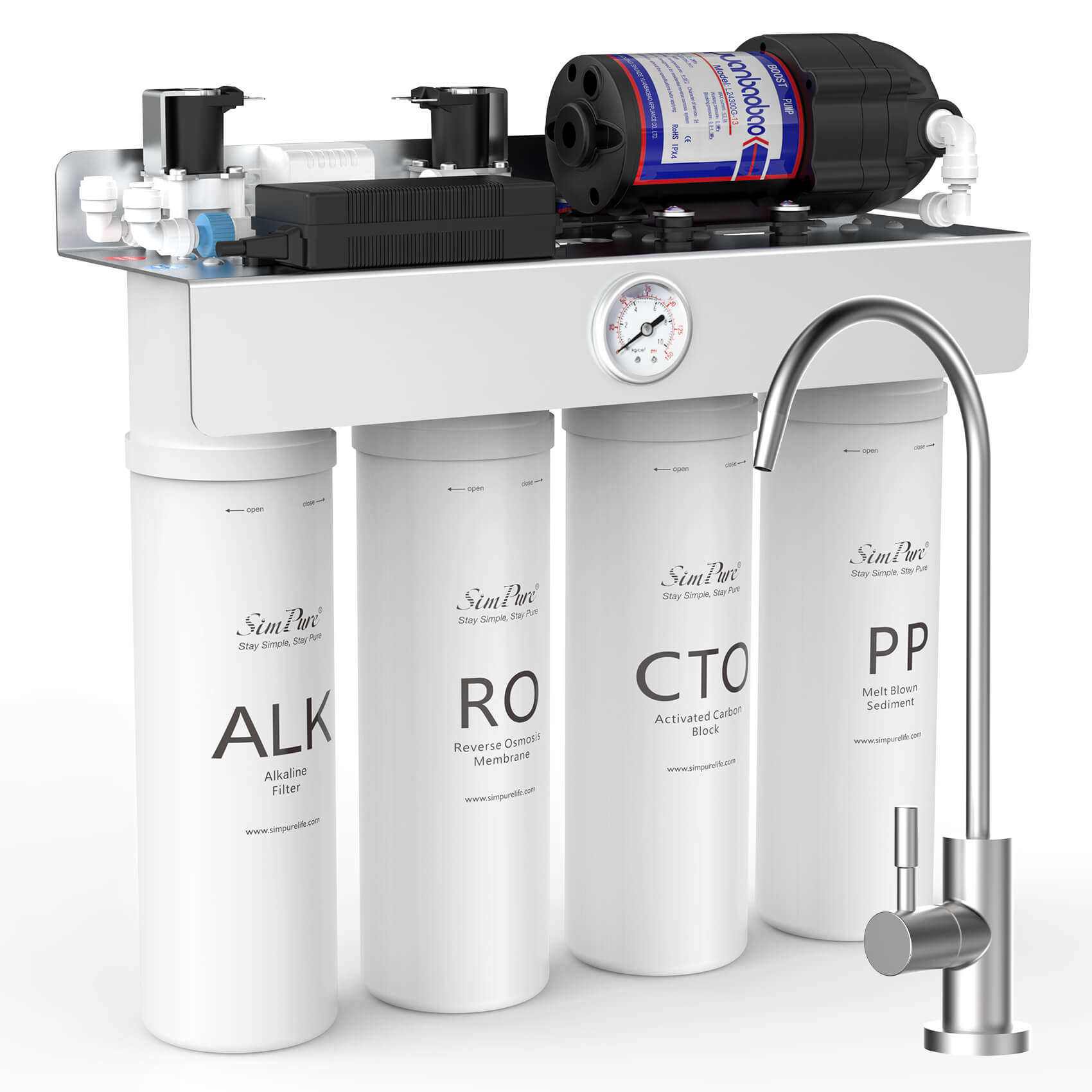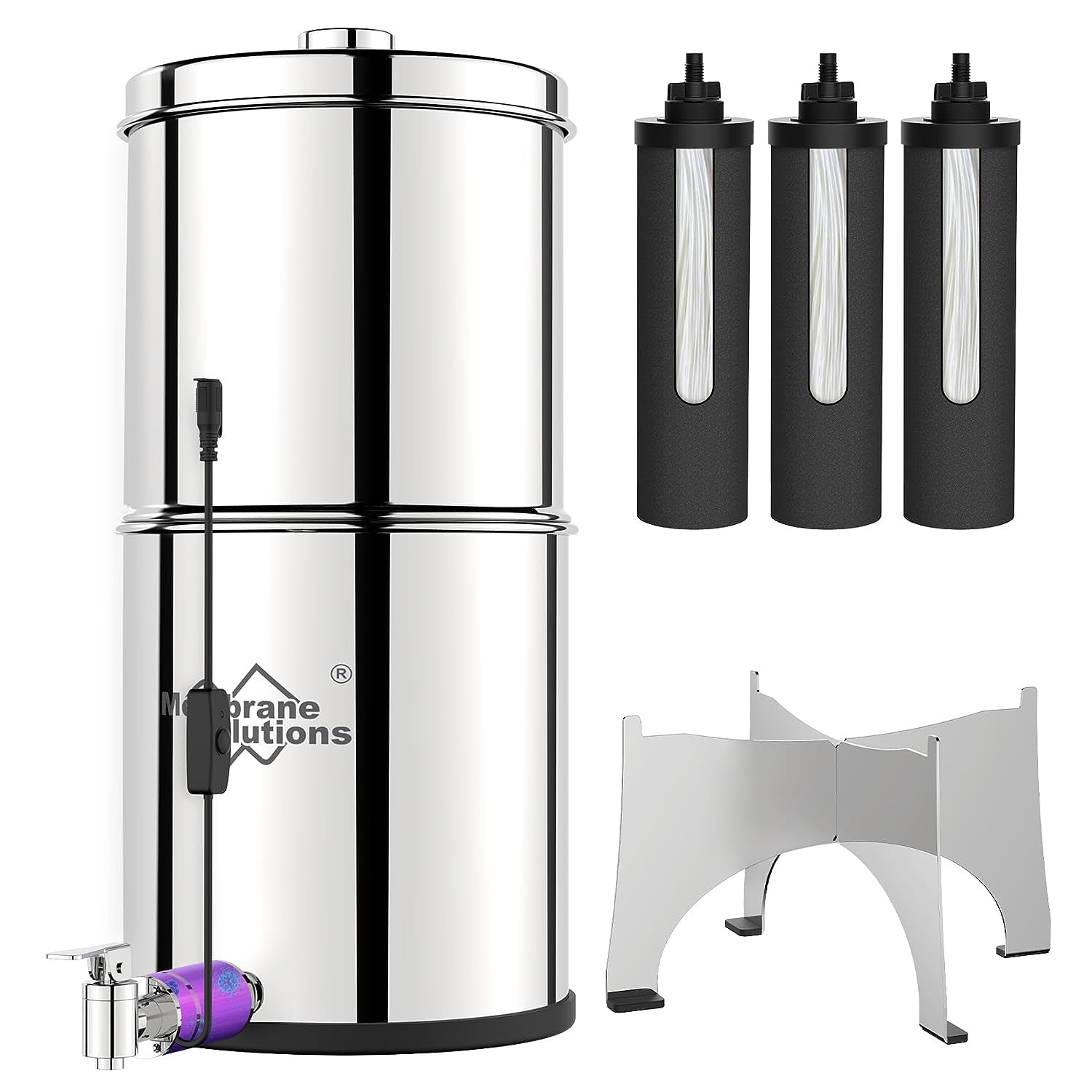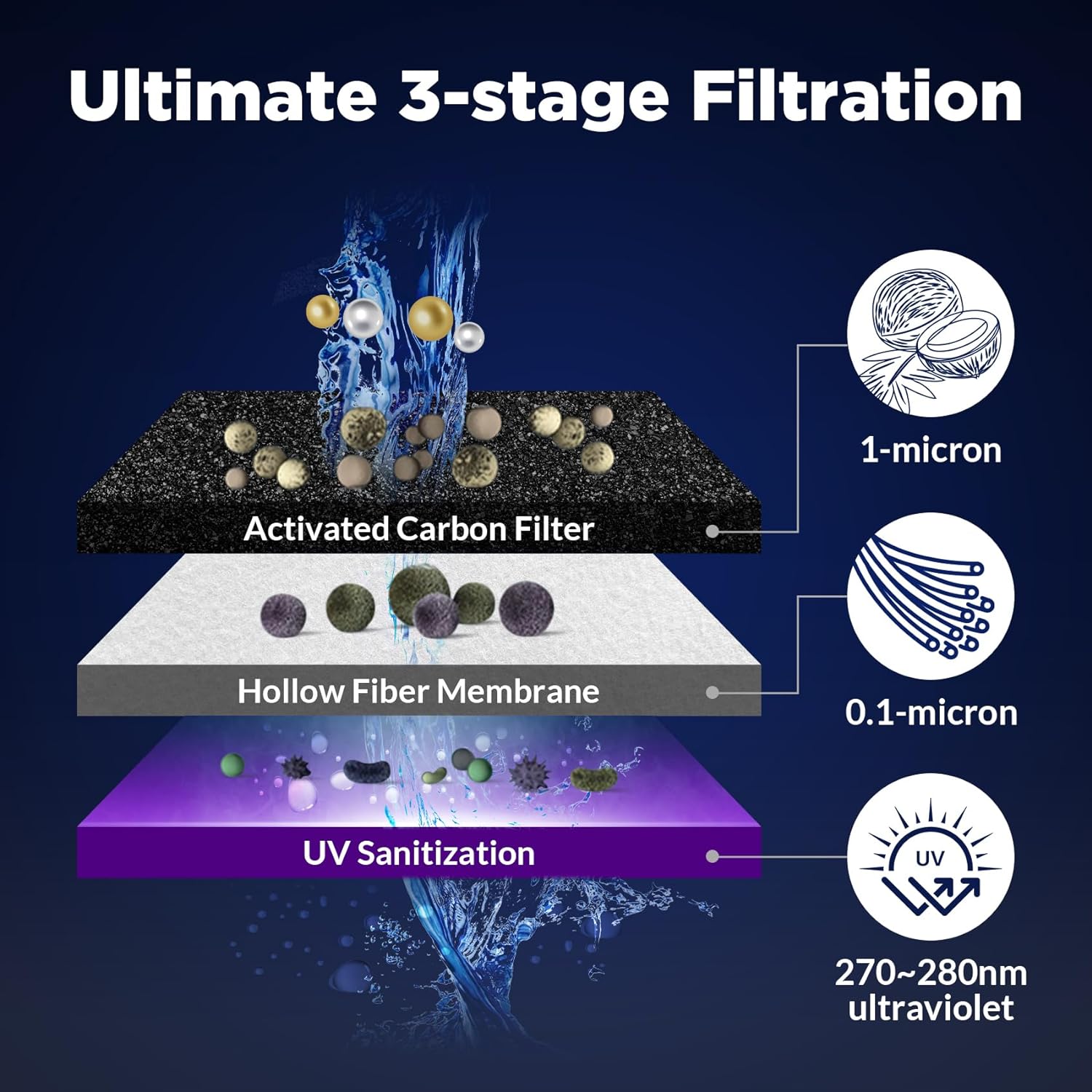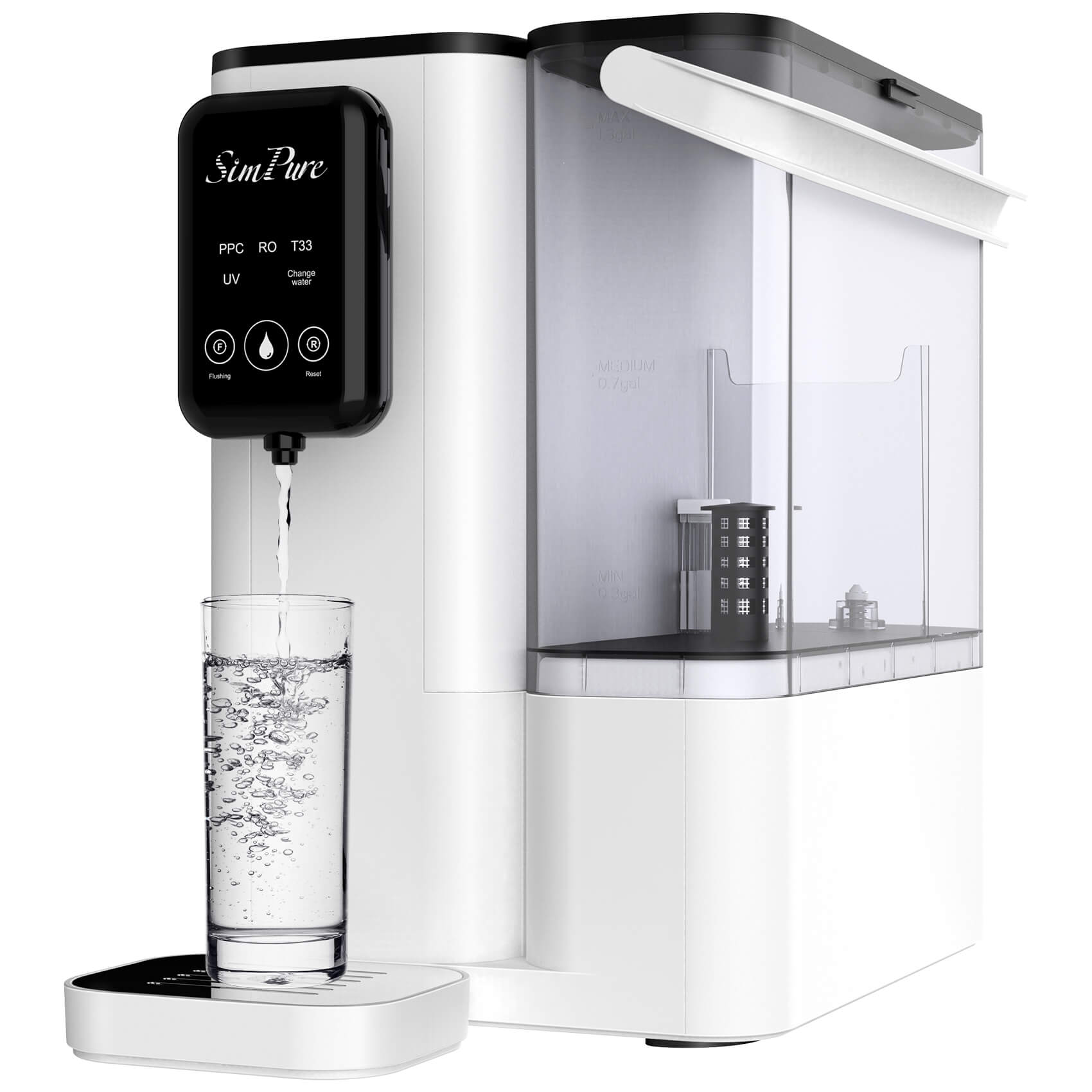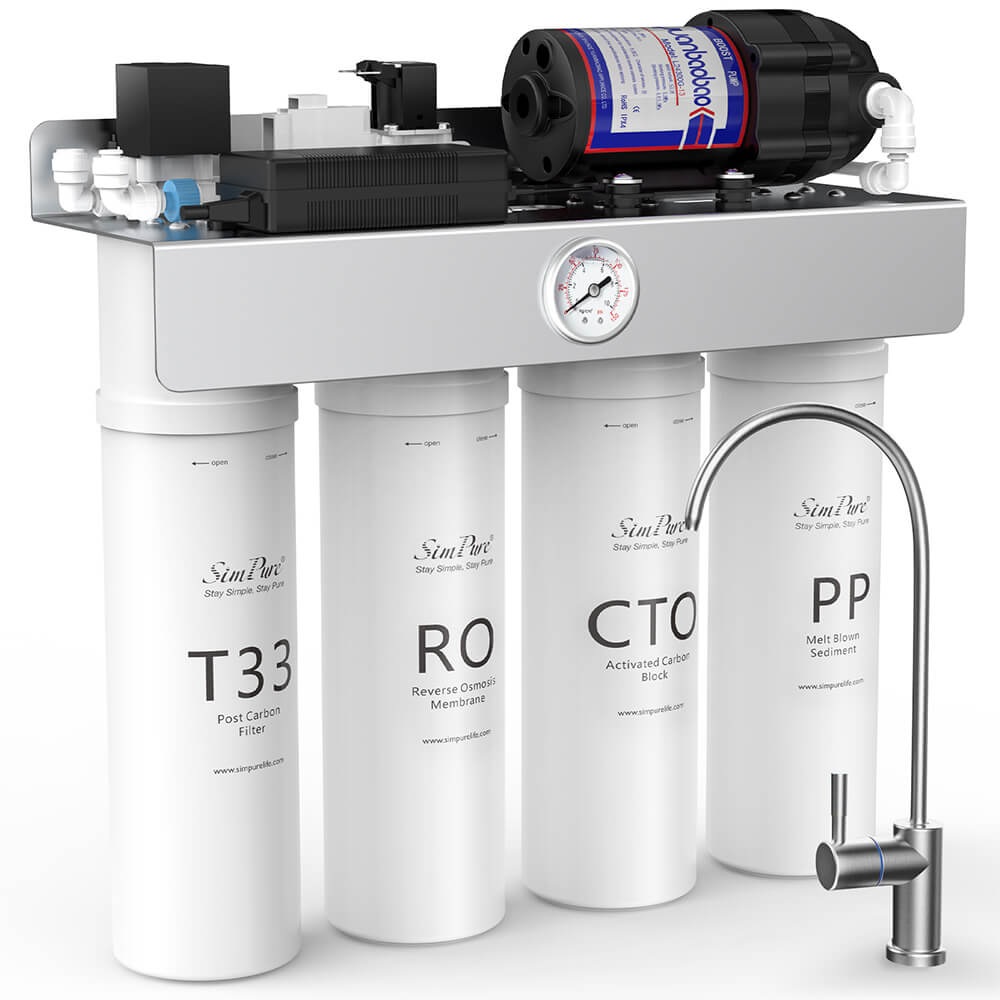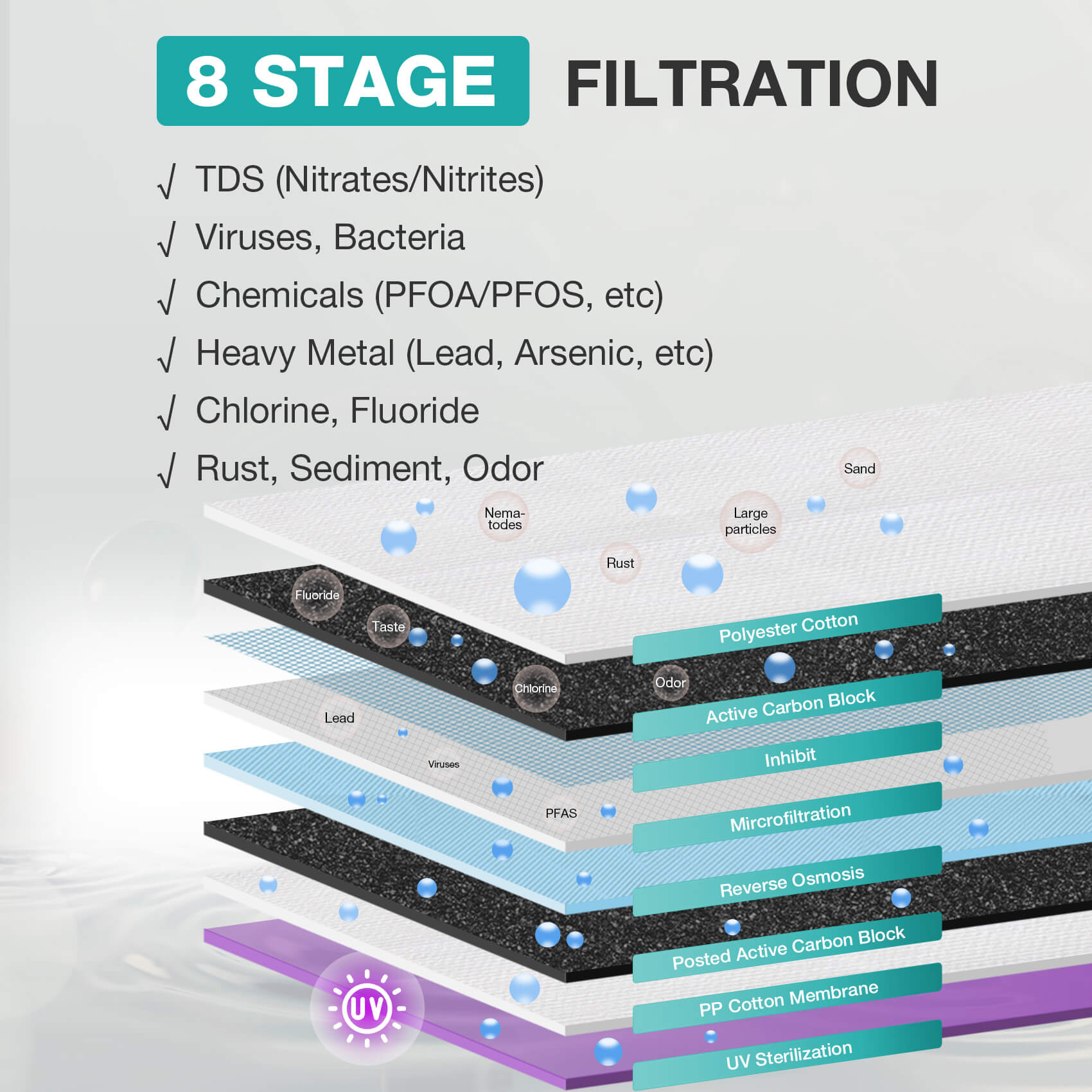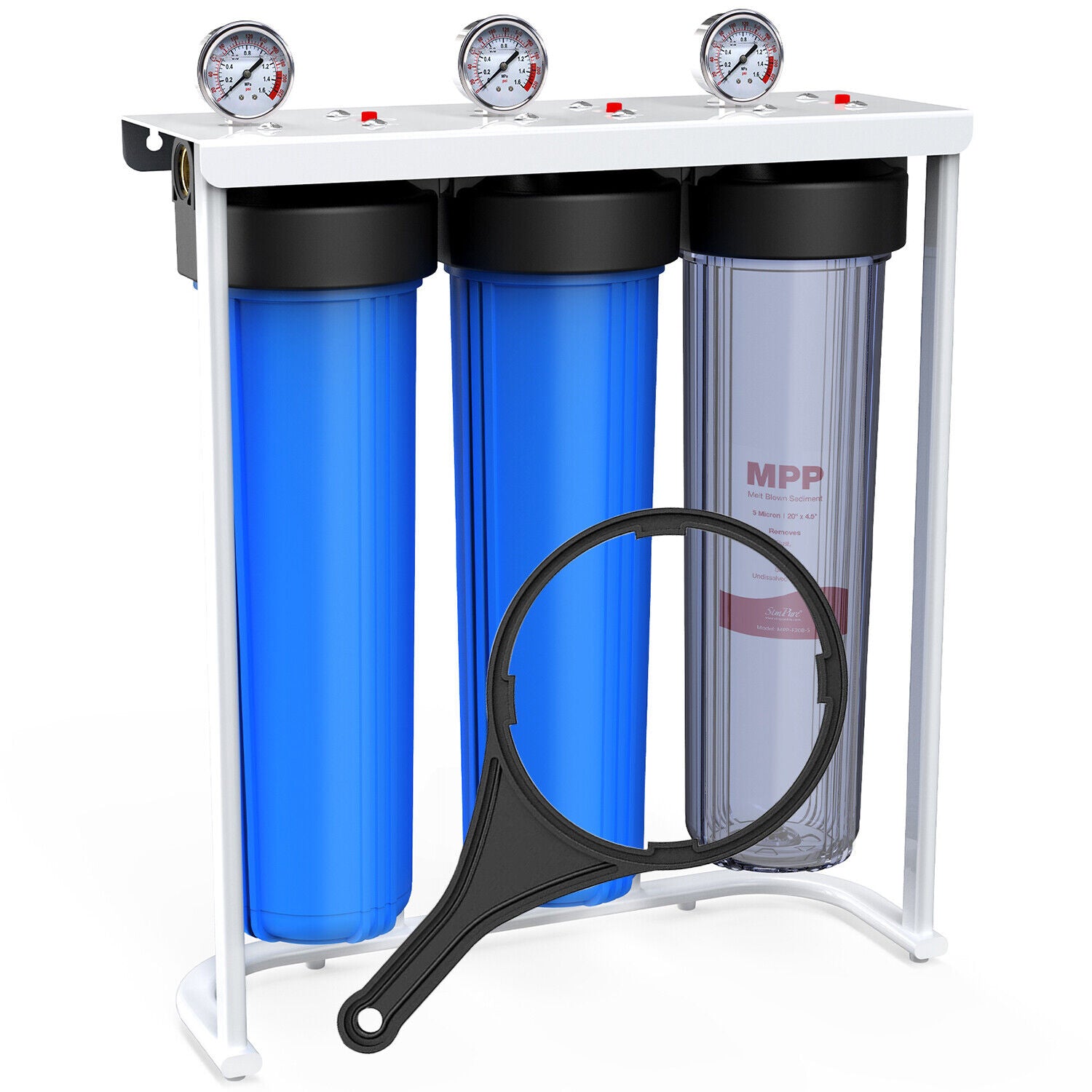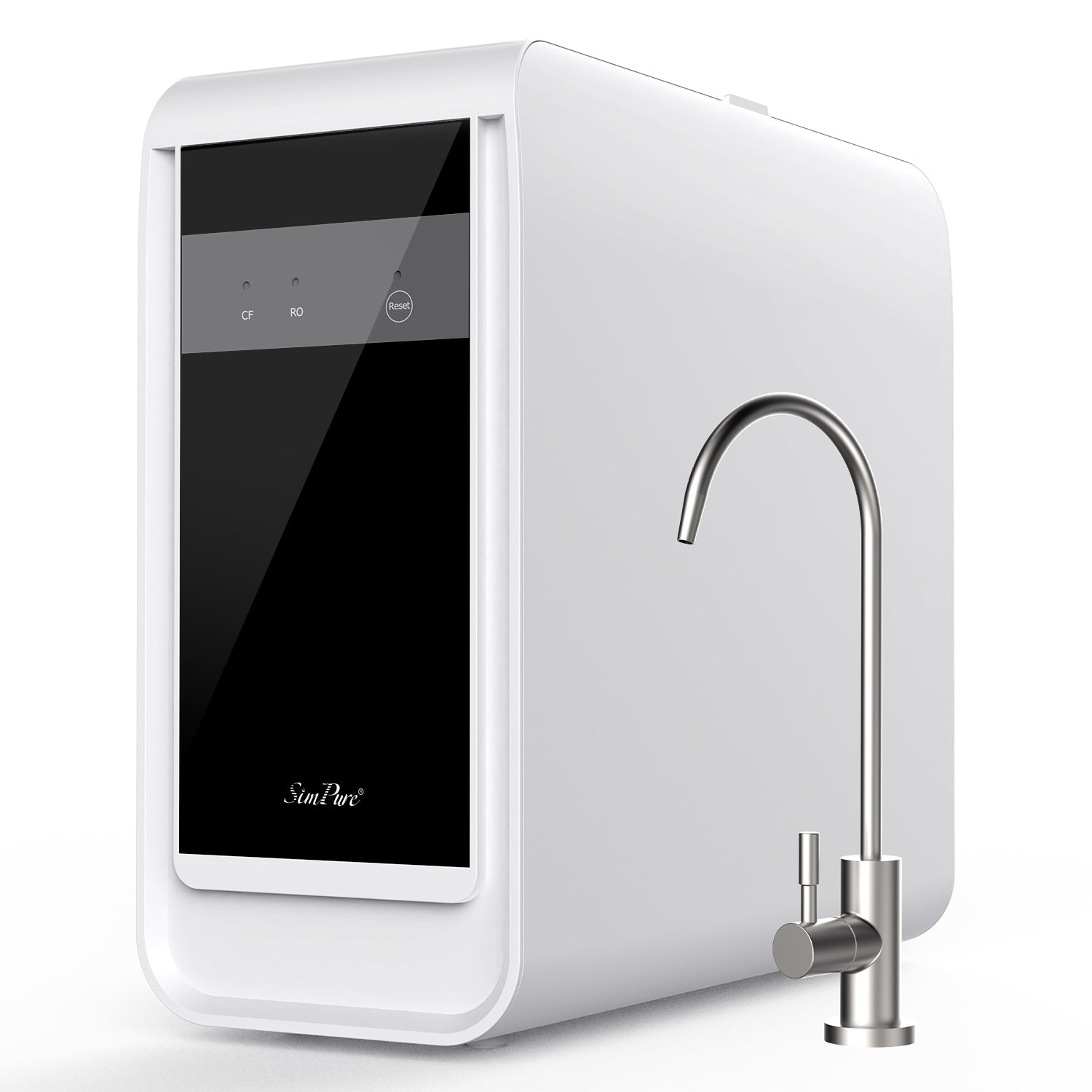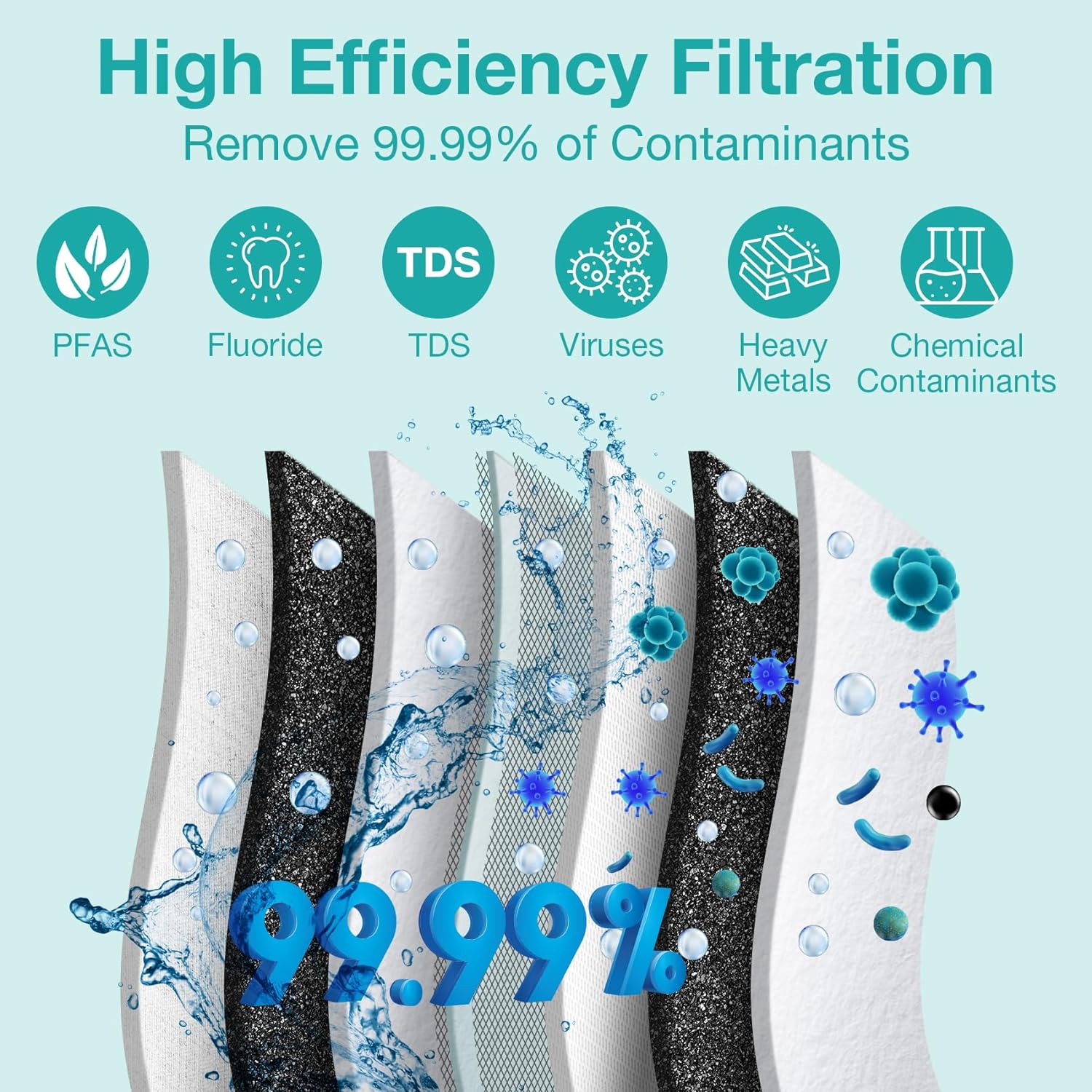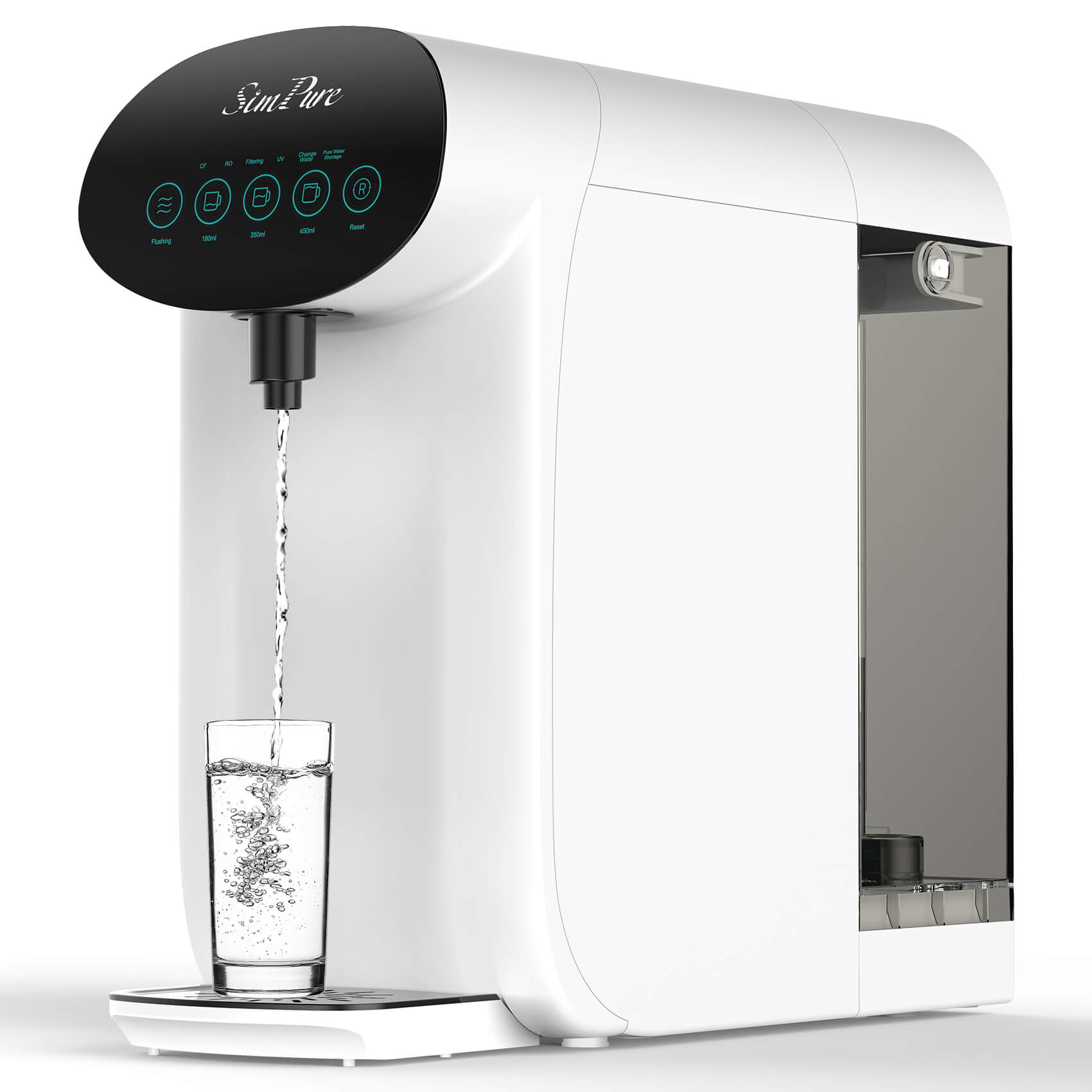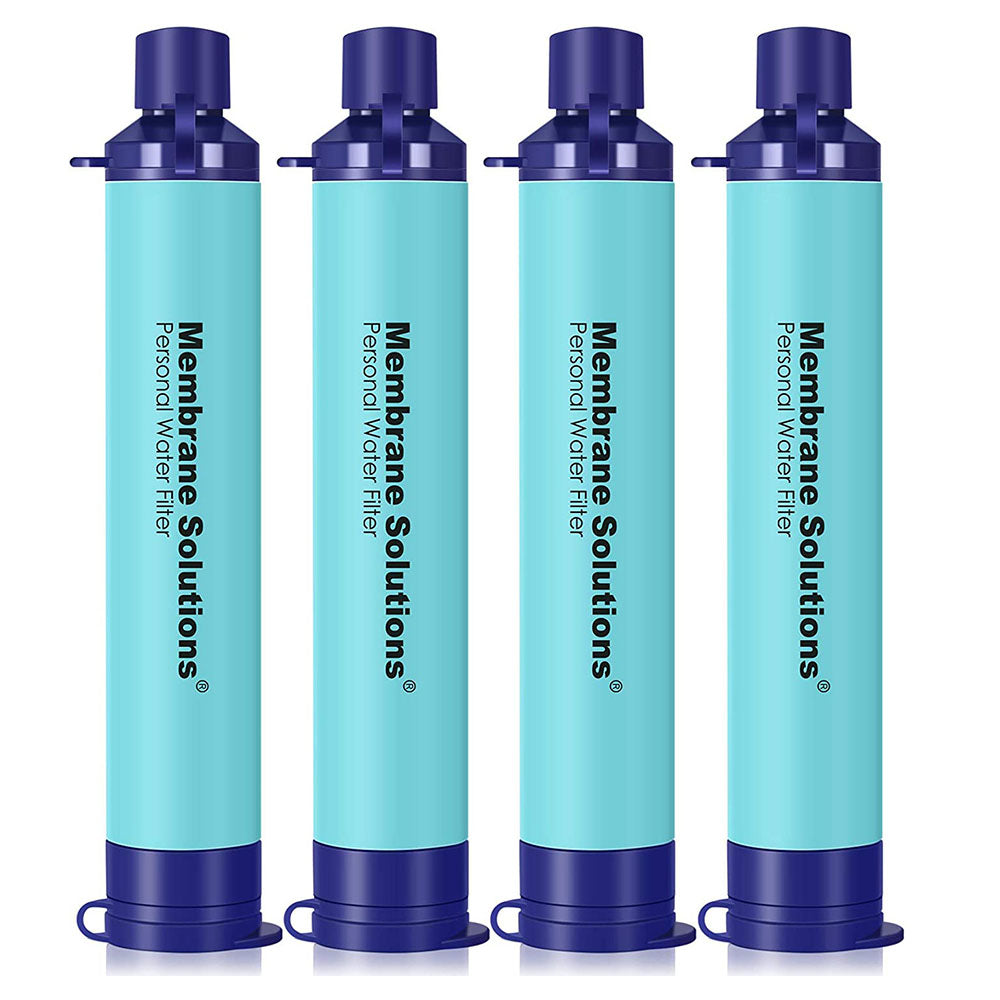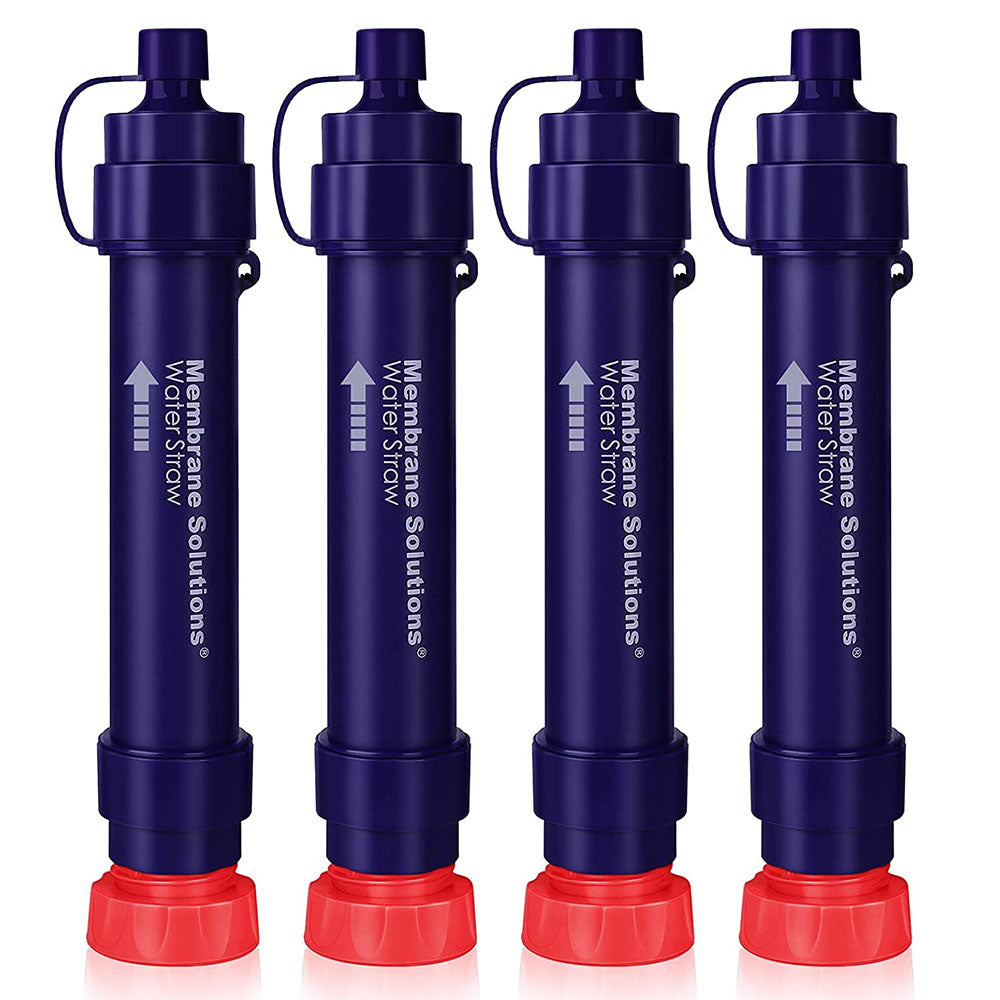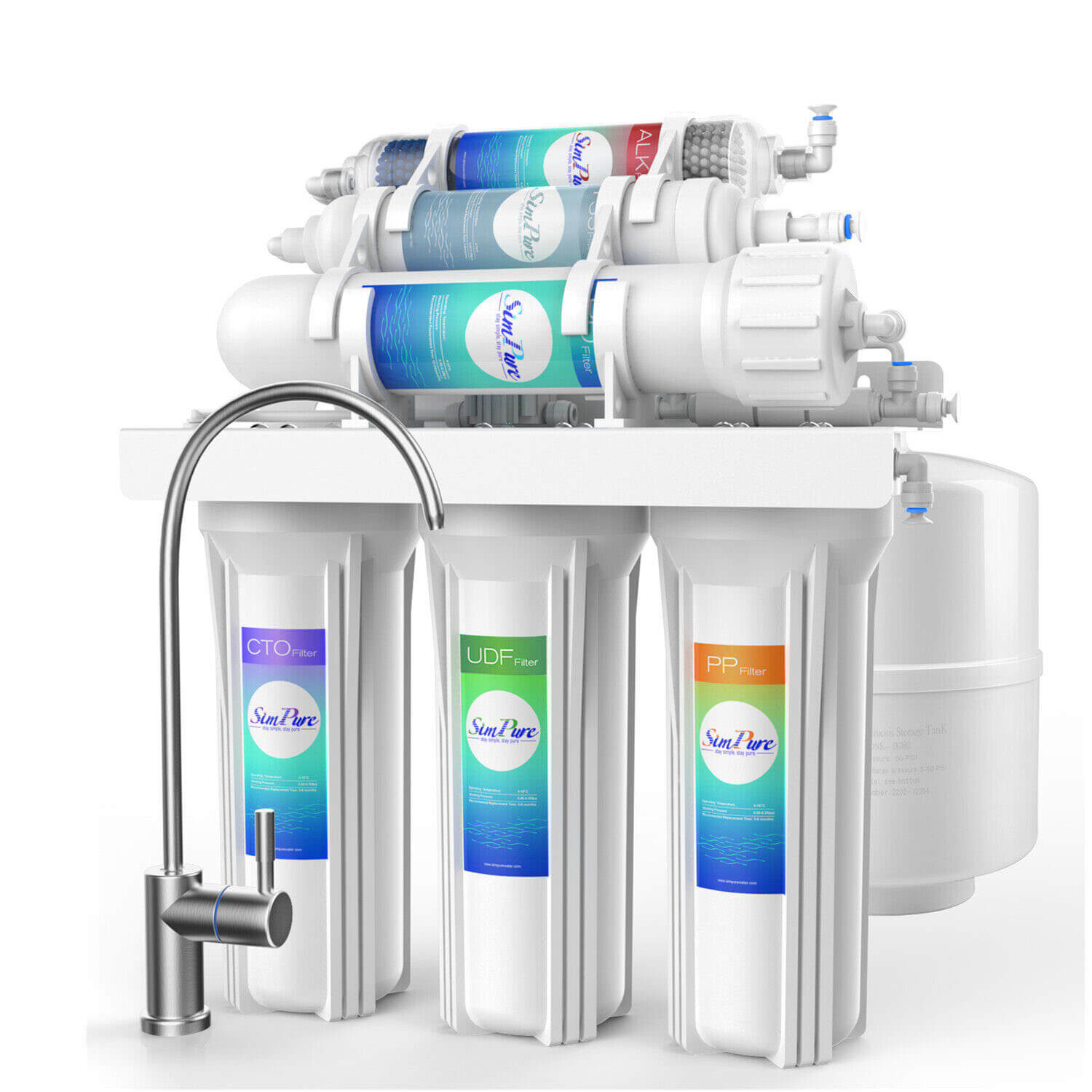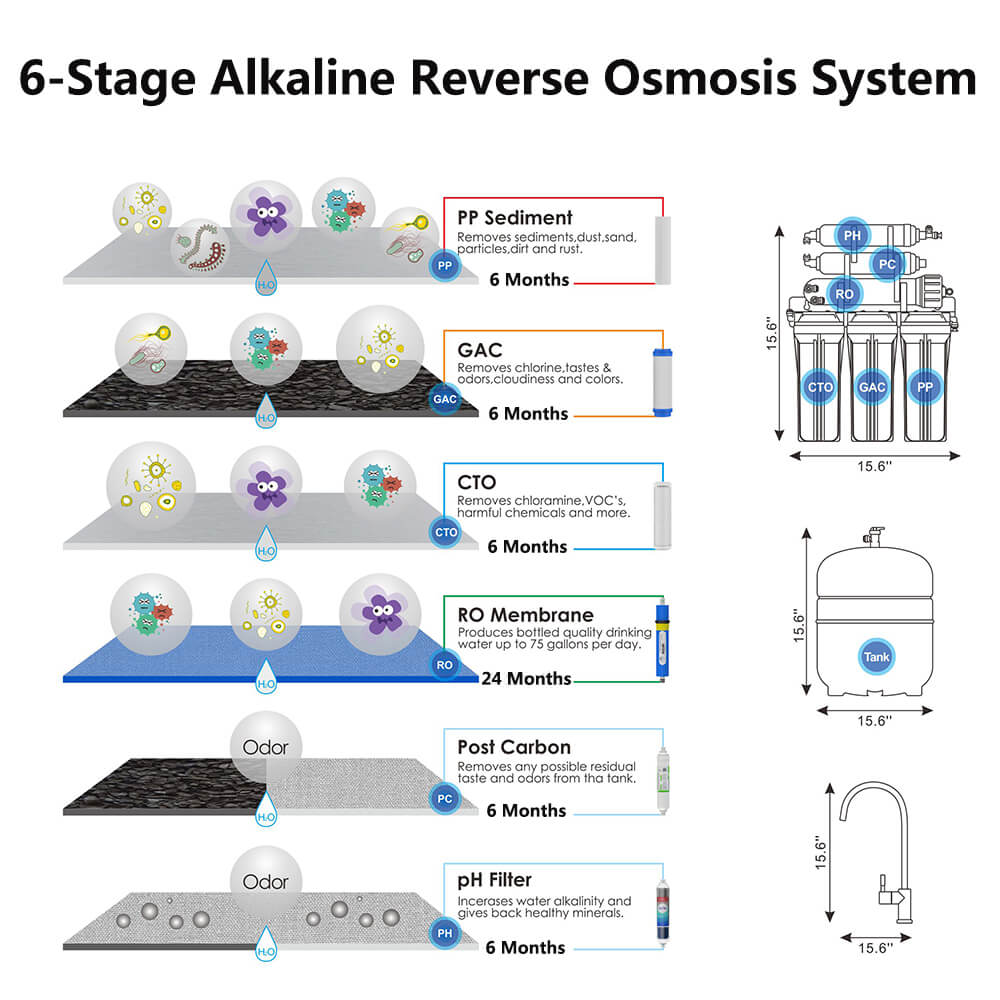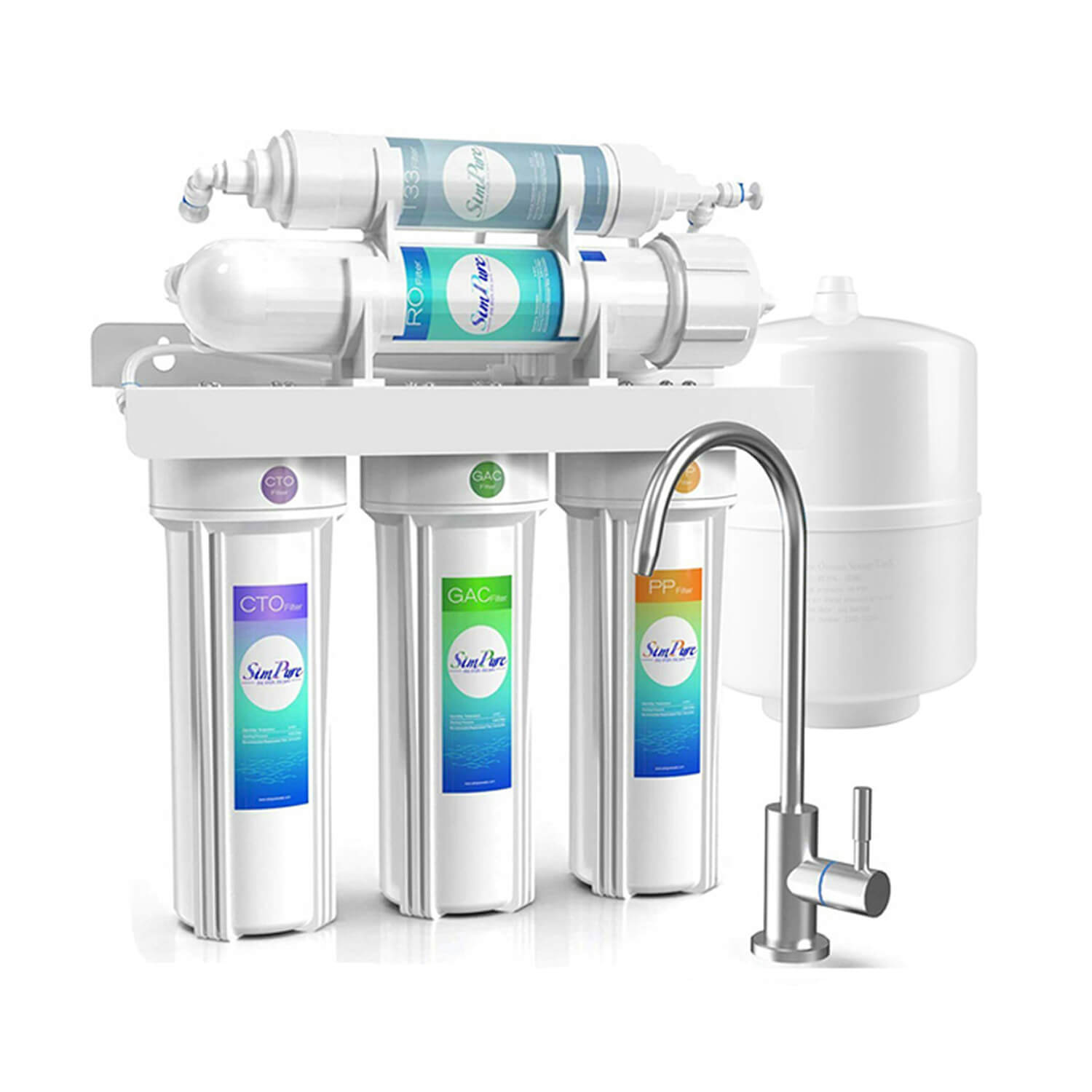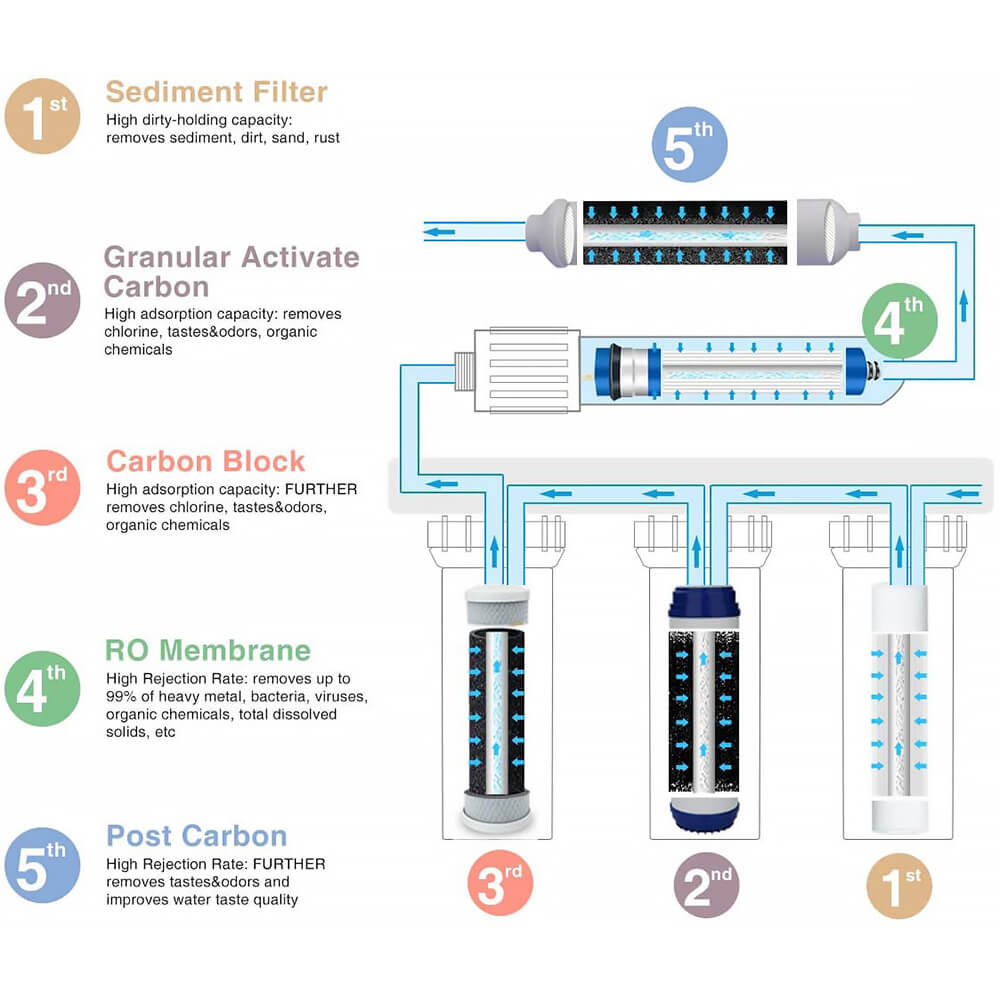Have you ever noticed green stains in your sink? Many people have noticed this phenomenon, so why is my water leaving green stains or blue residue? If you see green or blue stains in your sink at home, the culprit may be corroded pipes, where copper seeps into the water and the corroded copper turns a blue-green color. In today's article, we'll take a closer look at what causes green stains in water and give you scientifically sound solutions.
Why Is My Water Leaving Green Stains? - 7 Reasons

The quality of tap water has a great impact on people's normal life and work, because water quality safety is closely related to our health. So, what causes green water spots or blue stains in sink? Why is my water green from the tap? Generally speaking, green or blue stains in water are caused by the following 7 reasons.
1. Copper Pipe or Fittings
Green stains in sinks are mostly copper deposited from pipes or fixtures. If your home's plumbing or fittings are made of copper, they may develop a green or blue stain over time as the copper dissolves in water and leave a blue or green stain on your fixtures. This is due to the reaction of copper with oxygen and carbon dioxide in the water to produce basic carbonates and basic sulfates. It is one of the comon reason to the doubt why is my water leaving green stains.
2. PH Value of Water
The pH of water is an indicator that describes the acidity or alkalinity of water. The lower the pH of the water, the more acidic the water, and the higher the pH, the more alkaline the water. If the pH value is too low, metal elements such as copper and iron in the water are easily dissolved. If there are compounds such as sulfate and chloride, green copper or iron salts will be formed. These copper or iron salt deposits are one of the main components of green-blue stains. Therefore, in order to avoid the appearance of green stains in the water, it is necessary to keep the pH value of the water in an appropriate range, usually the pH value of the water should be between 6.5-8.5, which can ensure the stability and safety of the water.
3. Water Pressure
If the water pressure is too high, the sheer velocity of the water will cause the pipes to wear out over time, and the copper will gradually corrode, releasing copper ions. These copper ions are carried into the water and transported to other places along with the water flow. If the concentration of copper ions is high, they may form green stains on the walls of water pipes.
4. Installation Error
Installation errors can also lead to the formation of green stains. For example, if copper pipe is excessively bent or squeezed during installation, or if improper pipe joints or pipe glue are used, the surface of the copper pipe may be damaged, causing copper ions to overflow and form a green stain inside the pipe. In addition, if poor-quality plumbing materials are used, such as copper-free copper alloys or copper alloys containing other impurities, it may also cause the concentration of copper ions in the water to be too high, resulting in green stains. So it is also one of the causes of why is my water leaving green stains.
5. Hard Water
Hard water can lead to the formation of green stains because of the high levels of calcium and magnesium ions in hard water. When hard water flows through copper pipes, the calcium and magnesium ions in it react with the copper ions to form compounds called hydroxycarbonates, which can form green stains on the surface of copper pipes.
6. Algae
If your water source or tank is stimulated by light and nutrients, algae can grow in the water, and when the algae get into copper pipes, they can form a green slime-like stain on the pipe walls.
7. Long-Term Water Cut-off
Long-term water outages will reduce the water flow in the tap water pipes, and the water flow speed will slow down, thereby increasing the deposition of scale in the pipes. Among them, microorganisms will multiply in large numbers under the condition of long-term water shortage, forming a layer of green mucus-like substance, that is, green stains.
How to Remove Green Stains from Water?
As above, we got the answer to the question of why is my water leaving green stains, so how do you get rid of green water stains? Here are some options you can take:
1. Replace Your Pipes to Remove Green Stains from Water
To eliminate green stains from water, start by examining your pipes. If they're corroded, replacing them is crucial. Green stains often result from copper corrosion, which can leach into water and cause discoloration. After replacing pipes, flush the system thoroughly. Consider installing a water softener or a filtration system to prevent future stains. Regular maintenance and water testing will help maintain water quality and prevent staining issues.
2. Clean the Faucet to Get Rid of to Green or Blue Stains
Scale and dirt on the faucet can lead to deterioration of water quality and the formation of green stains. You can put the removed faucet parts into warm water, add a small amount of detergent, and clean them with a soft cloth. If there is scale and stains on the parts, they can be cleaned with a brush. In case of stubborn stains, it can be cleaned with a suitable detergent or citric acid.
Start by turning off the water supply. Mix equal parts vinegar and water in a spray bottle, then spray the affected area and let it sit for a few minutes. Scrub with a toothbrush or sponge, focusing on the stains. Rinse with water and dry the faucet. Repeat if necessary until the green stains are gone.
3. Chlorination Disinfection to Remove Green Stains
Chlorine is a disinfectant that kills bacteria and other harmful microorganisms in water. When performing chlorination disinfection, the chlorinating agent should be fully mixed into the water, and the water with the chlorinating agent should be allowed to stand still for more than 30 minutes. It should be noted that although chlorination disinfection can remove green stains in home water, chlorination agents will have a certain impact on water quality. For pregnant women and babies, it is recommended to avoid drinking chlorinated water to avoid adverse effects on the body.
4. Install a Reverse Osmosis System to Filter Water
Use a reverse osmosis system to remove green stains and microorganisms in the water, including some suspended solids and particulate matter in the water. The reverse osmosis membrane is a high-efficiency filter that can separate most of the lead, microorganisms, viruses and bacteria in the water, allowing you to obtain colorless and odorless pure water.
Here we recommend SimPureT1-400 UV tankless reverse osmosis water system for you. It has been tested and certified by SGS. Using PP+CTO+T33+RO+UV 5-stage water filtration, the purification effect can remove up to 99.99% of chlorides, microorganisms, heavy metals, lead, viruses and more than 1,000 other pollutants. This is the most effective treatment solution if you want to ensure your water is free from other contaminants, getting away from the trouble like why is my water leaving green stains!
In conclusion, when you have doubts about why is my water leaving green stains, you can use the above solutions to remove green stains from water. It is important to remember that green stains in water contain different heavy metals or microorganisms, which not only affect the quality of the water, but also have harmful effects on the human body. By installing SimPure reverse osmosis system to filter your water, you can ensure your water is safe, clean and enjoyable to drink.




